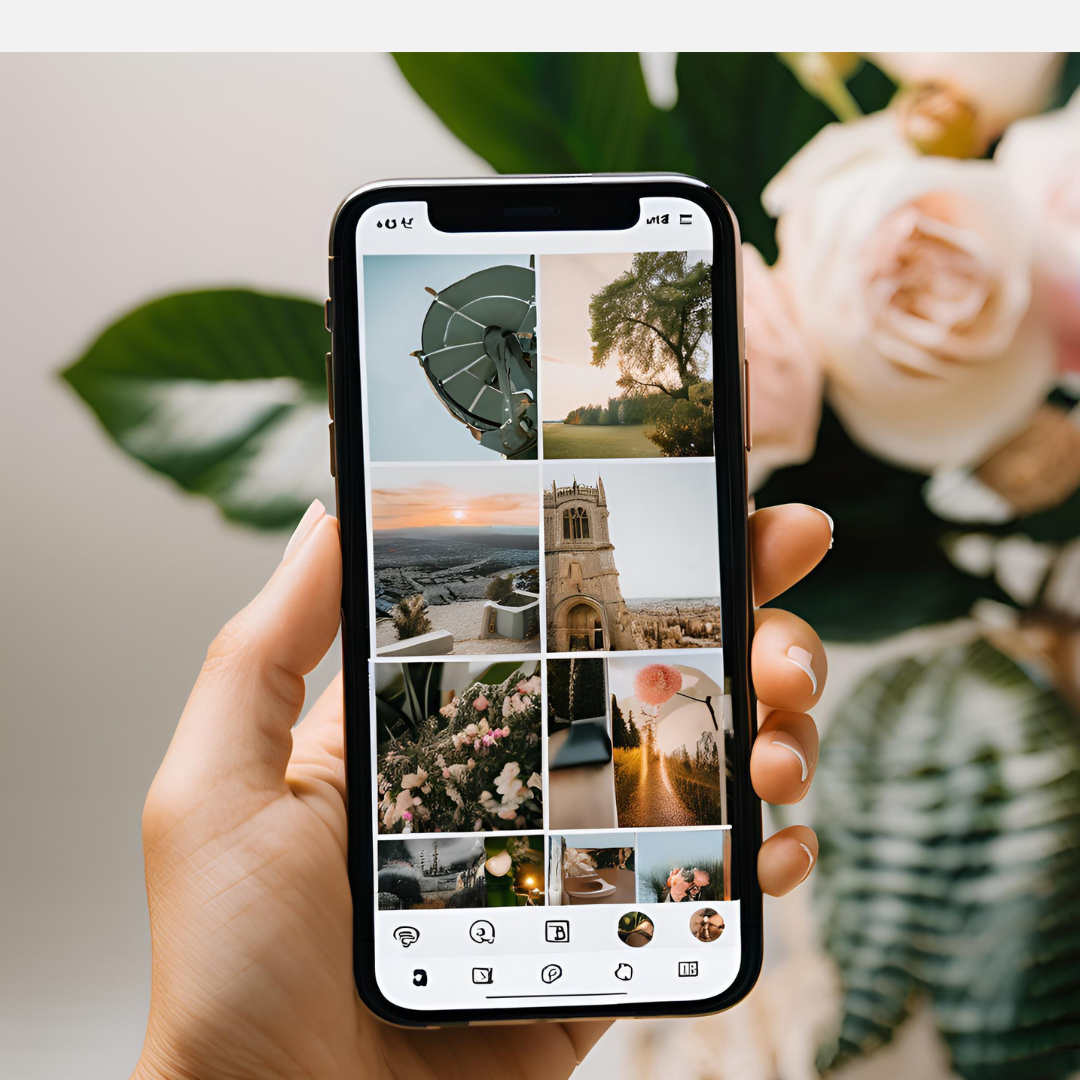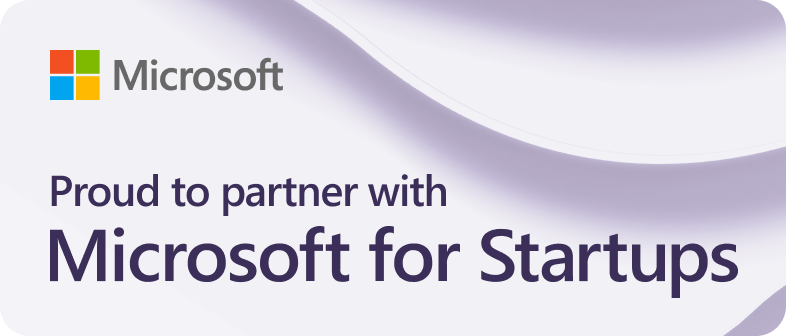Is it possible that the secret to advanced market research lies not just in complex algorithms or expensive tools but in the artful simplicity of how you phrase your questions to ChatGPT?
Welcome to the insightful world of ‘ChatGPT Prompt Hacks’—a seemingly straightforward concept that can revolutionize your market analysis. You may wonder if you are merely scratching the surface with these hacks or if they are an untapped goldmine in your strategic toolkit.
In this article, we’re not just skimming the surface but diving deep. Let’s discuss the nine indispensable ChatGPT prompt hacks, each uniquely crafted to unlock new market intelligence and insights dimensions.
Are you ready to challenge conventional approaches and radically elevate market research tactics?
ChatGPT Prompt Hack for Market Research #1: Targeted Question Framing
The crux of leveraging ChatGPT from OpenAI for market research lies in targeted question framing. These ChatGPT prompt hacks aren’t just about asking questions; it’s about meticulously crafting them to align precisely with your market research goals. The effectiveness of your inquiries directly influences the quality and applicability of the insights you gain.
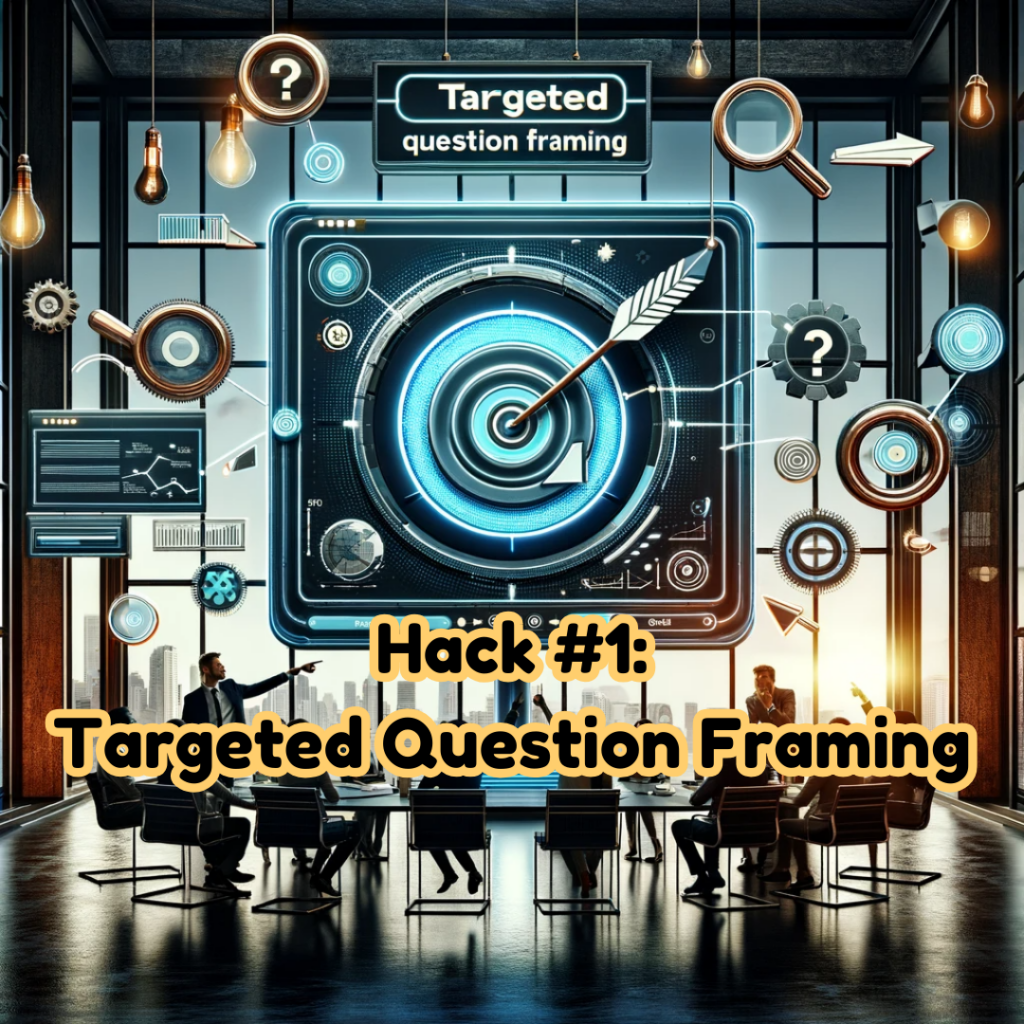
Table of Contents
Why is it Crucial?
In AI-driven research, the specificity and relevance of your questions determine the accuracy and depth of the insights you receive. Vague or overly broad questions often lead to generalized responses that might miss critical nuances of your market. Precise questions, however, can unlock detailed, focused insights, making your research more actionable and strategically valuable.
Implementing Targeted Question Framing:
Defining Clear Research Goals and Incorporating Specific Details:
One of the vital ChatGPT prompt hacks for effective market research involves a two-fold approach: firstly, define your research goals with utmost clarity, and secondly, incorporate specific details into your prompts based on these goals. This strategy ensures that your interaction with ChatGPT is not just a data-gathering exercise but a targeted endeavor aligned with your strategic business objectives.
Unifying Goals with Details:
- Set Clear, Strategic Objectives: Start by pinpointing what you need to understand through your research. Are you exploring a new market segment, assessing customer satisfaction, or tracking competitive movements? Define this ‘why’ clearly – it will guide every question you pose to ChatGPT.
- Tailor Prompts with Specifics: Once your goals are set, infuse your prompts with details that align with these objectives. If your goal is to assess customer satisfaction, your prompt should include specific aspects like product features, customer demographics, or periods. For instance, instead of a broad prompt like “What do customers think of our products?” use a more targeted one such as, “What are the main factors affecting customer satisfaction with our smart home devices among users aged 30-45 in the past six months?”
- Match Business Vision with AI Capabilities: Ensure that your goals match what ChatGPT can realistically offer. While ChatGPT is a powerful tool for market insights, aligning its capabilities with your business vision will yield more meaningful and actionable results.
- Prioritize and Organize Your Inquiry: If multiple objectives exist, prioritize them based on their relevance and urgency. This organization helps structure your prompts more effectively, leading to a systematic and focused exploration of topics.
Practical Example with ChatGPT Prompt Hacks:
Consider a scenario where you’re in the health and wellness industry, aiming to launch a new line of fitness products. A well-defined goal might be: “Identify the key factors driving consumer choices in wearable fitness technology among millennials in North America.” Based on this goal, your prompt to ChatGPT becomes specific and detail-oriented: “Analyze the primary factors influencing millennials’ decisions to purchase wearable fitness technology in North America, focusing on product features, price points, and brand perception in 2024.”
Layer Your Questions for Depth:
One of ChatGPT prompt hacks for market research is to layer your questions, which involves starting with broader inquiries and progressively delving into more specific aspects. This method is akin to peeling an onion, where each layer reveals more detailed information, allowing for a comprehensive understanding of the topic.
How Layering Works:
- Start with a Broad Foundation: Initiate your inquiry with a broad question that covers the general scope of your research interest. This initial question should be open-ended, allowing ChatGPT to provide a wide range of information that serves as a foundation for deeper exploration.
- Progress to More Focused Questions: Identify key areas of interest or surprising insights based on the responses received. Formulate follow-up questions that zoom in on these specifics. This step is where the real power of layering comes into play, as each subsequent question narrows the focus, honing in on the most pertinent aspects of your research.
- Utilize the Information Gathered: As you receive answers, use the new information to inform the next set of questions. This iterative process deepens your understanding and ensures that each layer of questioning is built upon the insights gained in the previous step.
Example of Layered Questioning:
Suppose you’re researching consumer trends in the organic food market. Your initial broad question might be, “What are the current consumer trends in the organic food industry?” Based on ChatGPT’s response, which might highlight an increasing interest in organic snacks, your next question could be more specific: “What factors are influencing the rise in popularity among consumers?” Delving further, you might ask, “How do consumer reviews impact the purchasing decisions for organic snacks in urban areas?”
Do you struggle with managing multiple social media platforms for your brand's presence?
The Sociosight app can help you simplify the process and save you time. With Sociosight, you can publish, schedule, and monitor posts and engage with your followers across multiple social media platforms, all from one dashboard.
Get started today with a free sign-up!
Register Now for Free

Each question digs deeper, moving from a broad industry overview to specific factors influencing a subset of the market and, finally, to the impact of consumer opinions on purchasing behavior. This layering technique ensures that you’re not just gathering superficial data but are piecing together a detailed and nuanced picture of the market.
Implementing Layered Questions with ChatGPT Prompt Hacks:
To effectively implement this strategy, each ChatGPT prompt should be considered a stepping stone to the next. After receiving an answer, take a moment to analyze the information, identifying gaps or areas that spark further curiosity.
Craft your subsequent prompt based on these insights, clearly focusing on your research objectives. Remember, the goal is not just to ask more questions but to ask more thoughtful, targeted questions that build upon each other, unveiling layers of valuable insights for your market research.
Balance Open-ended and Closed Questions:
One of the critical ChatGPT prompt hacks in market research is balancing open-ended and closed questions within your queries. This balance is essential in drawing out quantitative and qualitative insights, offering a more rounded view of the market.
The Power of Open-ended Questions:
- Fostering Broad Exploration: Open-ended questions are the cornerstone of exploratory research. They allow ChatGPT to provide extensive, narrative-style responses, which are invaluable in uncovering trends, opinions, and motivations. For instance, a prompt like, “What are the emerging consumer behaviors sustainably?” invites ChatGPT to offer a wide range of insights, setting the stage for deeper investigation.
- Utilizing Open-ended Questions in ChatGPT Prompt Hacks: When crafting open-ended questions, ensure they are clear yet unrestricted to allow ChatGPT the flexibility to explore a variety of angles. These prompts are handy in the initial stages of your research when mapping out the broader landscape.
The Importance of Closed Questions:
- Gathering Specific Data Points: Closed questions, on the other hand, are designed to elicit specific, concise answers. They are essential for gathering concrete data, such as statistics, facts, or yes/no answers. A prompt like, “Is there an increase in demand for organic food products in urban areas in 2024?” is geared towards receiving a direct, quantifiable response.
- Incorporating Closed Questions in ChatGPT Prompt Hacks: In your ChatGPT prompt strategy, use closed questions to nail down precise data or confirm specific details. They are precious in the later stages of your research, where you seek to verify hypotheses or narrow down particular areas of interest.
Balancing Both for Optimal Results:
To maximize the efficacy of your ChatGPT market research, it’s crucial to balance open-ended and closed questions strategically. Start with open-ended prompts to gather a broad spectrum of information and gradually move towards closed questions to obtain specific data points. This balanced approach ensures a comprehensive exploration of your research topic, leveraging the strengths of both types of questions.
Practical Application in ChatGPT Prompt Hacks:
Imagine you’re researching customer preferences in the smartphone market. Begin with an open-ended question like, “What features do consumers value most in smartphones?” After analyzing the broad insights, follow up with closed questions such as, “Is waterproofing a highly valued feature in smartphones for consumers aged 20-30?” This progression from a broad to a more focused inquiry exemplifies the effective use of ChatGPT prompt hacks to gather well-rounded market intelligence.
Real-World Application Scenario:
Suppose you are in charge of a product launch and need a deep understanding of the smartphone market’s competitive landscape. This scenario perfectly demonstrates the application of various ChatGPT prompt hacks, including defining research goals, layering questions, and balancing different types of questions.
Setting a Clear Research Objective and Detailed Prompting:
Start by defining a specific objective: “Identify the unique selling points of top-selling smartphones in the $400-600 price range in the European market for 2024.” This clear goal directly informs the nature of your prompts to ChatGPT.
Initial Broad Inquiry:
Begin with an open-ended question to gain a general overview, such as, “What are the current trends in the European smartphone market?” This allows ChatGPT to provide broad insights, setting the stage for more focused inquiries.
Layered, Specific Follow-Up Questions:
Based on the initial response, layer your questioning to focus on your specific interest area. For example: “Among these trends, which features are most prevalent in the top-selling smartphones priced between $400-600?” This question narrows the focus to specific features within your defined price range.
Utilizing Closed Questions for Precise Data:
Once you have a clearer picture of the features, you can use closed questions to gather specific data points. For instance: “Do smartphones in this price range with extended battery life have higher sales figures in 2024 than those with standard battery life?”
Final Strategic Inquiry:
End with a targeted, strategic question about your initial goal: “Based on these trends and sales data, what key features should be prioritized in our upcoming smartphone model for the European market in the $400-600 segment?”
Applying ChatGPT Prompt Hacks for Comprehensive Insights:
Throughout this process, you’re applying ChatGPT prompt hacks by defining clear research goals, incorporating specific details into your questions, layering the questions for depth, and balancing open-ended with closed questions. This approach ensures you gather comprehensive, nuanced, actionable insights that directly inform your product development and marketing strategies.
ChatGPT Prompt Hack for Market Research #2: Utilizing Keywords Effectively
The second crucial aspect of the ChatGPT prompt hacks group for market research involves effectively utilizing keywords in your queries. This strategy focuses on incorporating relevant, specific terms central to your research topic, ensuring that the responses from ChatGPT are as pertinent and focused as possible.
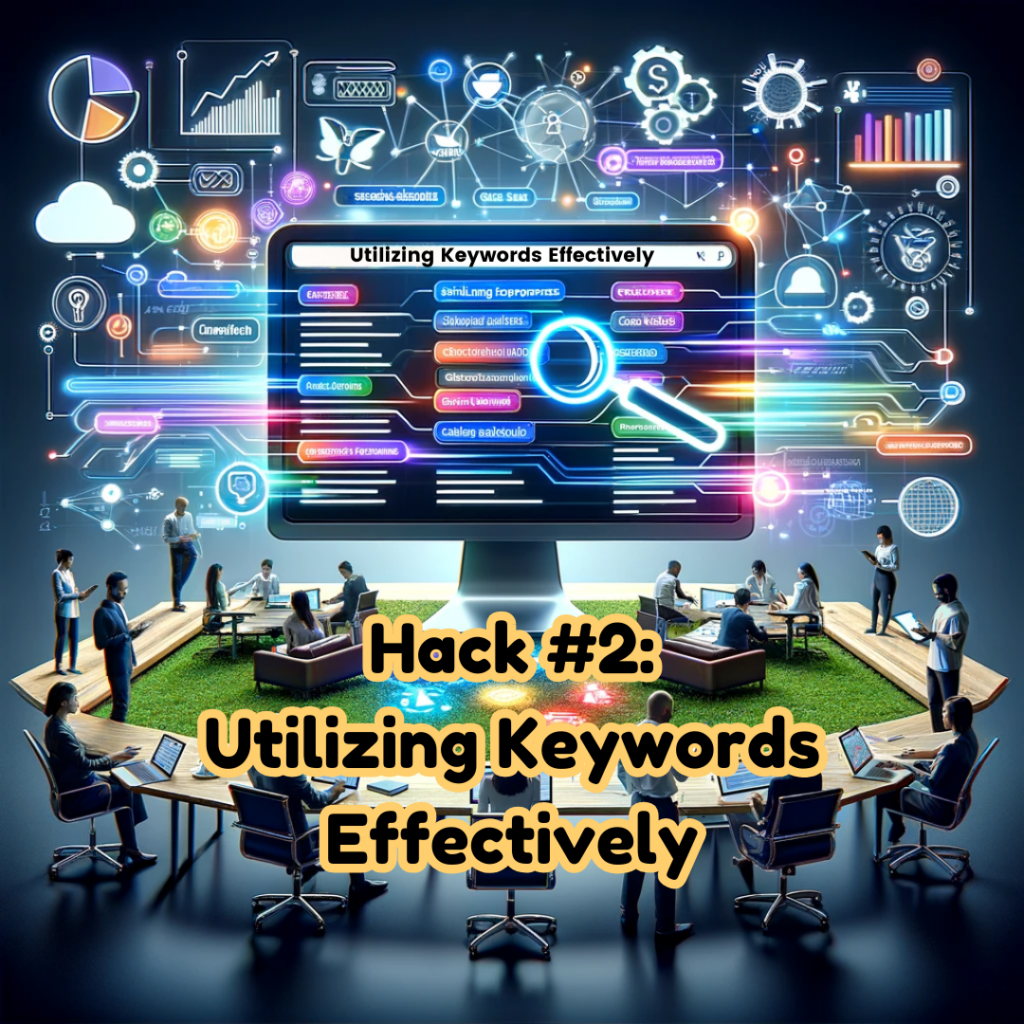
Importance of Keywords in Prompt Crafting
- Directing the AI’s Focus: Keywords act as signposts that guide ChatGPT’s responses in the direction most relevant to your research needs. By carefully selecting and using the right keywords, you can significantly influence the accuracy and relevance of the information you receive.
- Enhancing the Precision of Insights: Specific keywords help narrow down the AI’s search scope, leading to more precise and detailed answers. This is particularly vital in market research, where nuanced differences can have significant implications.
Implementing Keywords in ChatGPT Prompt Hacks:
- Identify Core Terms Related to Your Topic: List key terms central to your research area. For instance, if you are researching eco-friendly packaging trends, your keywords might include ‘sustainable packaging,’ ‘biodegradable materials,’ ‘consumer preferences for green packaging,’ etc.
- Use Industry-Specific Jargon When Appropriate: Incorporating industry-specific terminology can enhance the specificity of your prompts, making them more effective. However, ensure these terms are commonly understood and relevant to your research objectives.
- Balance Between General and Specific Keywords: While specific keywords are valuable, including some broader terms can help capture a wider range of related insights. The key is finding the right balance to ensure comprehensiveness without losing focus.
Real-World Application:
Imagine you are researching digital marketing strategies for small businesses. A generic prompt like “Tell me about digital marketing trends” will likely yield comprehensive results. However, using specific keywords transforms your prompt: “Analyze the effectiveness of targeted social media advertising for small businesses in the retail sector, focusing on Instagram and Facebook in 2024.” This prompt, rich in specific keywords, directs ChatGPT to provide focused and relevant insights specifically valuable for small retail businesses.
ChatGPT Prompt Hack for Market Research #3: Segmentation Strategies
Show how to ask ChatGPT to segment data or insights based on various criteria like demographics, geographies, or consumer preferences, enhancing the specificity and relevance of the research.
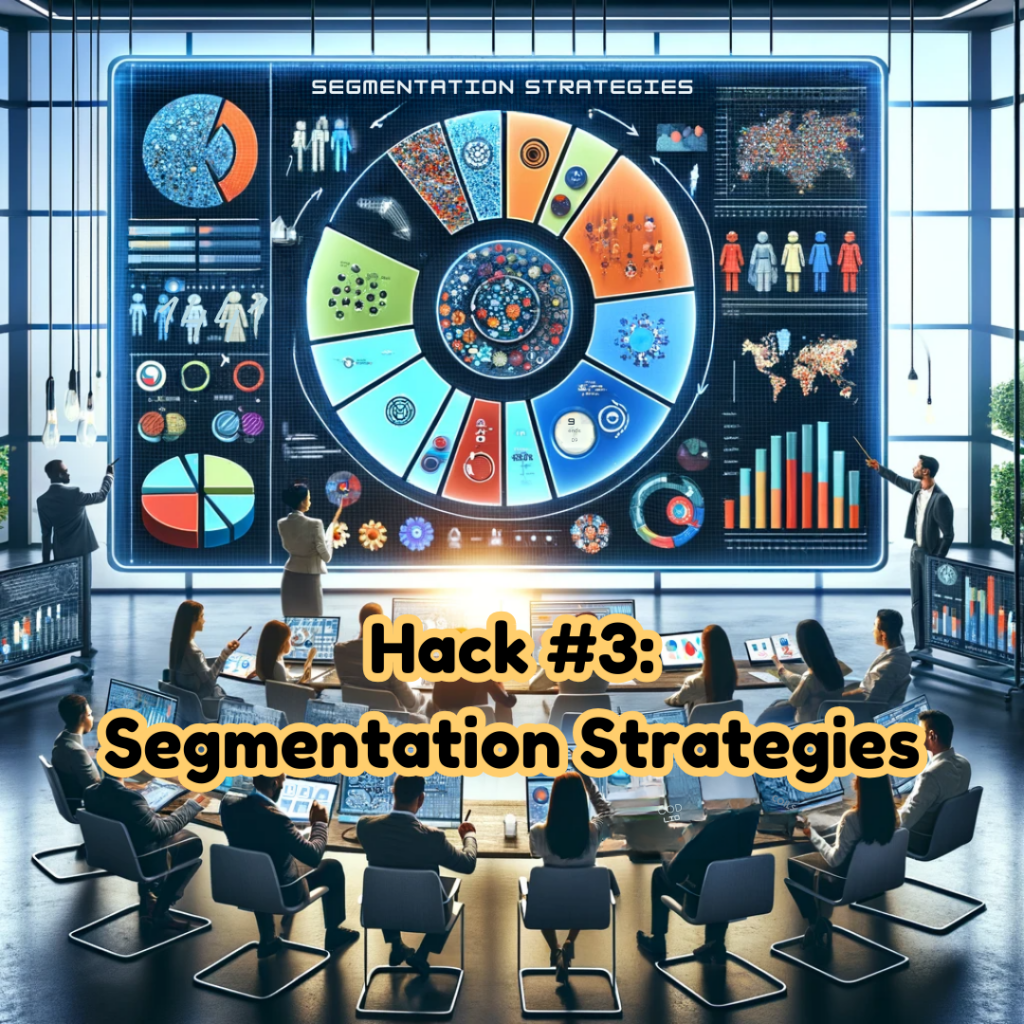
The third ChatGPT prompt hack vital for effective market research involves using segmentation strategies in your prompts. This approach focuses on asking ChatGPT to break down data or insights based on specific criteria such as demographics, geographic locations, or consumer preferences, which can significantly enhance the specificity and relevance of the research.
Understanding the Importance of Segmentation:
- Targeted Analysis for More Relevant Insights: Segmenting your market research allows you to focus on specific groups or areas most relevant to your business objectives. This targeted approach can reveal more detailed and actionable insights than a broad, generalized analysis.
- Enhancing Decision-Making with Focused Data: Segmenting the data gives insights tailored to particular market aspects, allowing for more informed and precise decision-making in business strategies.
Implementing Segmentation in ChatGPT Prompt Hacks:
- Define Your Segmentation Criteria: Decide the criteria you want to use for segmentation. This could be age groups, geographic regions, income levels, buying behaviors, etc. The choice of criteria should align with your research objectives and business goals.
- Craft Prompts Around Specific Segments: When defining your criteria, tailor your prompts to focus on these segments. For instance, if you’re interested in consumer behavior in the luxury goods market, a segmented prompt might be, “What are the purchasing habits of millennials for luxury goods in urban areas of Europe?”
- Combine Multiple Criteria for Depth: Consider combining several segmentation criteria in a single prompt for more in-depth analysis. However, be cautious not to make the prompt overly complex, which might lead to less precise responses.
Practical Application Example:
Let’s say you’re researching the fitness industry and want to understand the preferences of different age groups. A non-segmented, generic prompt like “What are the latest fitness trends?” will give you a broad overview. In contrast, you can ask, “Compare the fitness routine preferences between Gen Z and Millennials in urban areas of the United States using segmentation.” Such a prompt directs ChatGPT to provide a comparative analysis between specific age groups, offering more relevant and valuable insights for targeted marketing strategies.
ChatGPT Prompt Hack for Market Research #4: Incorporating Timeframes
The fourth ChatGPT prompt hack for enhancing market research is the incorporation of specific timeframes into your queries. This tactic involves specifying periods such as “last quarter,” “past year,” or “next five years” in your prompts, enabling you to obtain temporal insights that are crucial for strategic planning and trend analysis.

The Role of Timeframes in Market Research:
- Capturing Dynamic Market Changes: Markets are constantly evolving, and incorporating timeframes in your ChatGPT prompts allows you to capture these dynamic changes. By specifying a period, you direct the AI to focus on trends, consumer behaviors, or market developments within that timeframe, offering a temporal context to your research.
- Aligning Insights with Business Cycles: Time-specific prompts align the insights you gain with your business’s planning cycles. Whether looking at short-term strategies or long-term planning, temporal parameters in your prompts ensure that the information you receive is relevant to your current planning horizon.
Implementing Timeframes in ChatGPT Prompt Hacks:
- Define the Relevant Time Period: Before crafting your prompt, decide on the time period that is most relevant to your research question. This could be a retrospective analysis, current market assessment, or future trend prediction.
- Integrate Timeframes Explicitly in Prompts: Craft your prompts to include these timeframes explicitly. For instance, if you’re analyzing consumer electronics trends, instead of a general prompt like, “What are the current trends in consumer electronics?” use a more time-specific prompt like, “What have been the emerging trends in consumer electronics over the past year?”
- Use Timeframes to Compare and Contrast: Time-specific prompts can also compare different periods. For example, “How have consumer preferences in the automotive industry changed from the last five years to now?” This type of query can reveal evolving trends and shifts in consumer behavior over time.
Real-World Application with ChatGPT Prompt Hacks:
Imagine you are in the e-commerce industry and planning for the upcoming fiscal year. A timeframe-focused prompt would be: “Analyze the growth trends in online retail sales in the electronics sector during the last quarter and project these trends for the next year.” This prompt provides insights into recent sales performance and helps forecast future trends, aligning perfectly with your strategic planning needs.
ChatGPT Prompt Hack for Market Research #5: Asking for Comparative Analysis
The fifth ChatGPT prompt hack in market research centers around asking for comparative analysis. This technique involves crafting prompts that request ChatGPT to compare different markets, products, or strategies. Such comparative analysis can be instrumental in decision-making, offering a side-by-side evaluation highlighting strengths, weaknesses, opportunities, and threats.
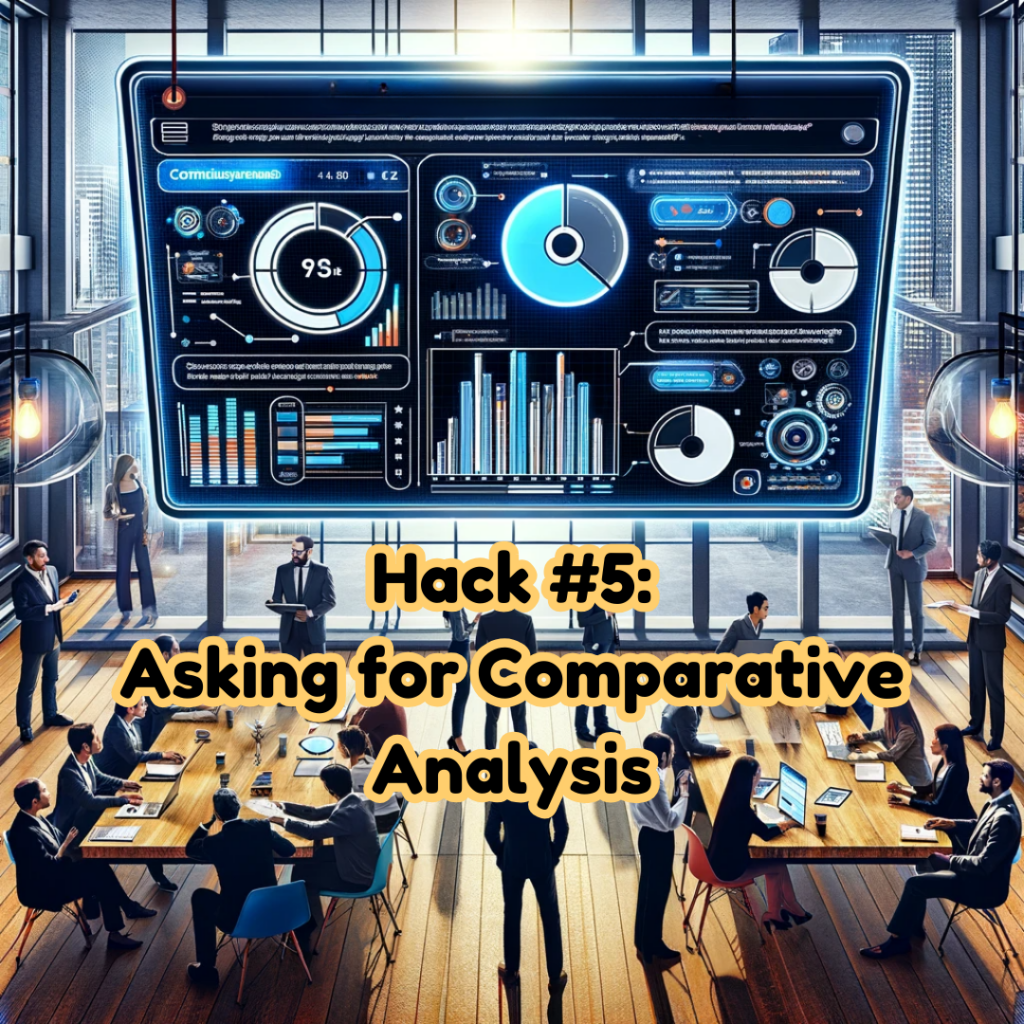
The Value of Comparative Analysis:
- Gaining a Competitive Edge: Comparative analysis helps you understand how your products or strategies compare to competitors or how different markets vary regarding opportunities and challenges. This understanding is critical for strategizing and maintaining a competitive edge.
- Identifying Best Practices and Trends: By comparing different scenarios, you can identify best practices in your industry and emerging trends that might influence your business strategy.
Crafting Comparative Analysis Prompts in ChatGPT:
- Be Specific in Your Comparison Criteria: Clearly define what aspects you want to compare. It could be pricing, features, consumer satisfaction, market penetration, etc. The more specific your criteria, the more targeted and valuable the comparative analysis will be.
- Use Direct Language for Clarity: Ensure your prompt is straightforward and explicitly states the comparison you seek. For instance, instead of a vague prompt, ask, “Compare the market share and growth potential of electric vehicles in the European and Asian markets.”
- Incorporate Various Dimensions: Don’t limit your comparison to just one aspect. Consider including multiple dimensions such as time periods, demographic segments, or geographic regions for a more comprehensive analysis.
Applying Comparative Analysis in Real-world Research:
Suppose you’re in the beverage industry and looking to launch a new product. A valuable prompt could be: “Compare the consumer preferences and sales trends for carbonated soft drinks versus fruit juices in the North American market over the last two years.” This prompt not only sets up a direct comparison between two product categories but also gives you insights into trends and preferences, aiding in decision-making for product development and marketing.
ChatGPT Prompt Hack for Market Research #6: Requesting Data Interpretation
The sixth essential ChatGPT prompt hack for market research focuses on requesting data interpretation. This approach goes beyond simply asking for raw data; it involves crafting prompts that seek an understanding of the implications and deeper meanings behind the data, thereby converting information into actionable insights.
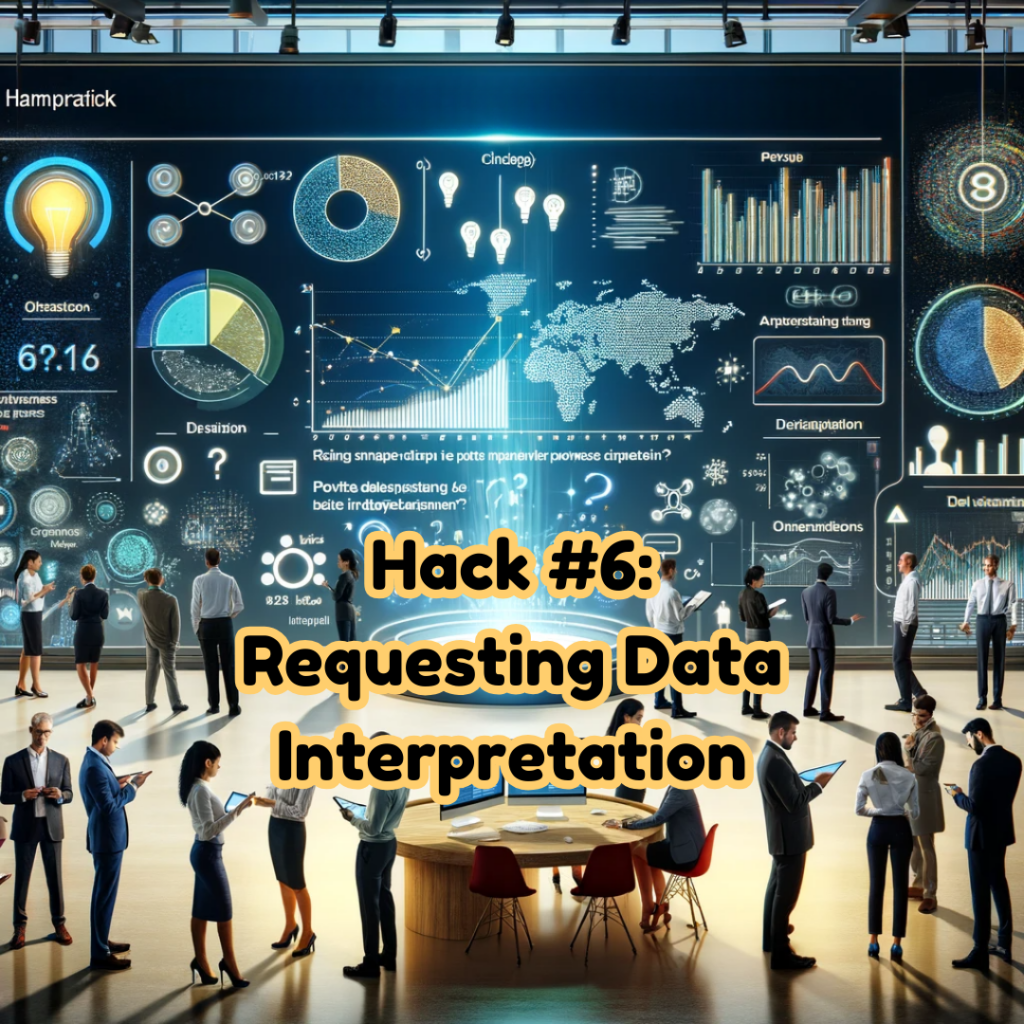
The Significance of Data Interpretation:
- Uncovering the ‘Why’ Behind the Data: While raw data provides the ‘what,’ its interpretation offers the ‘why.’ Understanding the reasons behind data trends or consumer behaviors can be crucial for making informed business decisions.
- Transforming Information into Strategy: Interpreting data can lead to insights that inform strategy development. It helps identify underlying patterns, potential opportunities, and areas of risk.
Crafting Prompts for Data Interpretation in ChatGPT:
- Ask for Analysis Beyond the Numbers: Frame your prompts to encourage ChatGPT to analyze the data. For example, instead of asking, “What is the sales volume of smartphones in Europe?”, ask, “What do the sales volume trends of smartphones in Europe indicate about changing consumer preferences?”
- Seek Implications and Predictions: Use prompts that ask ChatGPT to provide implications or predictions based on the data. For instance, “Based on the current growth trends in renewable energy, what are the potential implications for the traditional energy sector over the next five years?”
- Request Contextualization of Data: Encourage ChatGPT to put data in context. This could involve comparing it to historical data, industry standards, or different market conditions to gain a more comprehensive understanding.
Implementing Data Interpretation in Real-World Scenarios:
Imagine you’re analyzing online retail trends. Instead of merely gathering data on online sales growth, a more insightful prompt would be, “Interpret the recent increase in online retail sales and how this trend is affecting brick-and-mortar stores.” Such a prompt not only seeks data on sales growth but also asks for an interpretation of how this trend impacts other areas of the retail sector, providing a holistic view that can guide strategic planning.
ChatGPT Prompt Hack for Market Research #7: Exploring ‘What-If’ Scenarios
The seventh key ChatGPT prompt hack for market research is centered around exploring ‘what-if’ scenarios. This tactic involves crafting prompts that pose hypothetical situations, enabling business owners to anticipate potential market dynamics and prepare for various future outcomes.

Importance of ‘What-If’ Scenarios:
- Preparing for Future Uncertainties: In the ever-changing business landscape, ‘what-if’ scenarios help understand how different factors or changes might impact the market. This foresight is crucial for risk management and strategic planning.
- Stimulating Creative Thinking and Innovation: Exploring hypothetical scenarios encourages out-of-the-box thinking and can lead to innovative ideas and strategies that might not emerge from standard data analysis.
Crafting ‘What-If’ Scenario Prompts in ChatGPT:
- Frame Scenarios with Relevant Hypotheticals: Develop prompts that pose realistic and relevant hypothetical situations. For example, “What if a new technology emerges that reduces the manufacturing cost of electric vehicles by 30%? How would that impact the current market?”
- Explore a Range of Outcomes: To get a comprehensive view, Consider asking about various potential outcomes of a scenario. For instance, “What would be the short-term and long-term impacts on the travel industry if remote work becomes the norm?”
- Incorporate Current Trends and Data: Base your hypothetical scenarios on current trends and data for relevance and plausibility. This approach ensures that the insights you gain are grounded in reality, even though the scenario is hypothetical.
Applying ‘What-If’ Scenarios in Real-World Research:
Let’s say you’re in the food industry and considering the launch of a new plant-based product. A useful ‘what-if’ scenario prompt might be, “What if a major celebrity endorses plant-based diets significantly? How might this affect consumer attitudes and the market demand for plant-based food products?” This hypothetical exploration helps you anticipate potential market shifts and the impact of cultural influences on consumer behavior, aiding in strategic decision-making.
ChatGPT Prompt Hack for Market Research #8: Seeking Consumer Sentiment Analysis
The eighth ChatGPT prompt hack for market research emphasizes seeking consumer sentiment analysis. This approach uses ChatGPT to analyze and interpret consumer sentiments expressed in online reviews, social media mentions, forums, and other digital platforms. This analysis can provide invaluable insights into how consumers perceive a product, service, or brand.
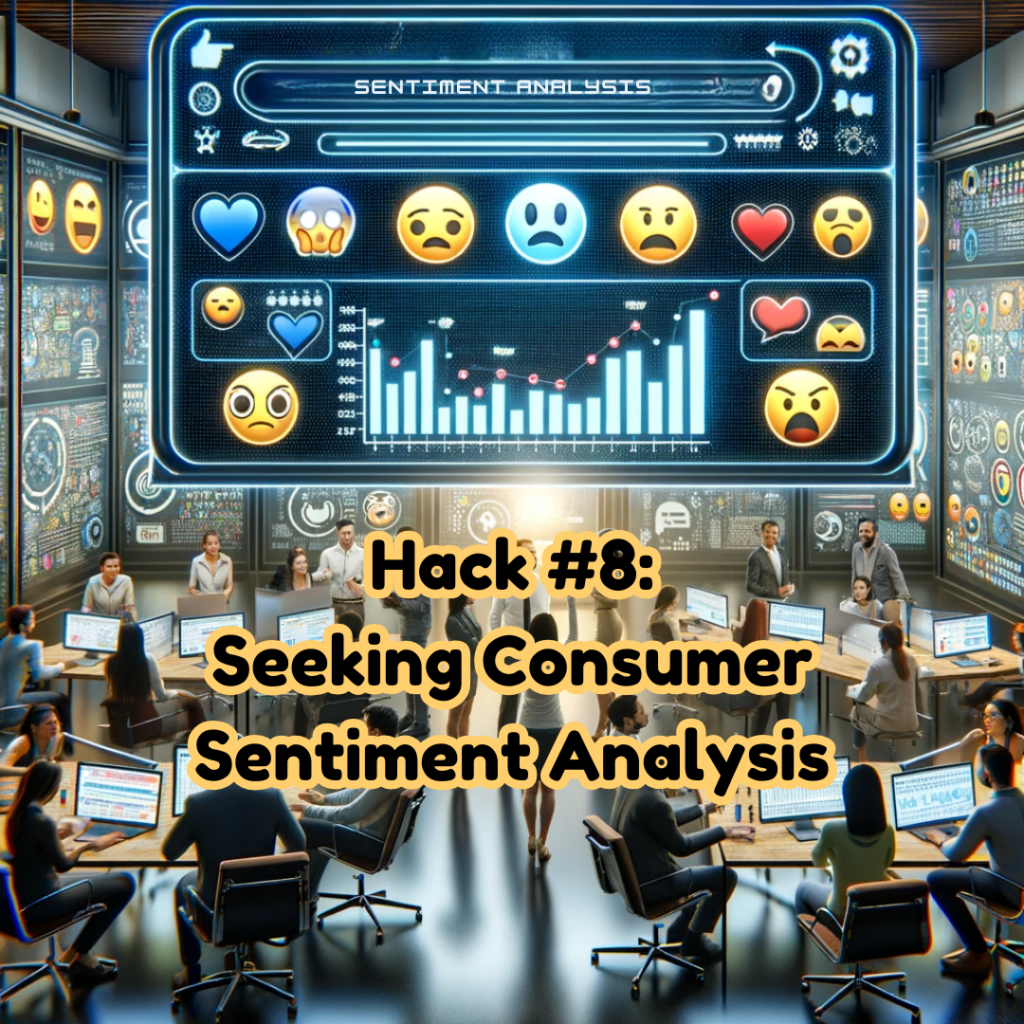
The Role of Consumer Sentiment in Market Research:
- Understanding Consumer Perspectives: Consumer sentiment analysis helps businesses understand how the public perceives their products or services. This perception is crucial for brand management, product development, and marketing strategies.
- Identifying Areas for Improvement: Companies can identify areas needing improvement or adjustment in their offerings or communications by analyzing sentiments.
Crafting Prompts for Consumer Sentiment Analysis in ChatGPT:
- Target Specific Sources: Direct your prompts to analyze specific sources where consumer sentiments are expressed. For instance, “Analyze recent consumer reviews on Amazon for our latest kitchen appliance and summarize the overall sentiment.”
- Request Qualitative and Quantitative Analysis: Ask ChatGPT to provide both qualitative insights (general attitudes and opinions) and quantitative analysis (like sentiment scores or the percentage of positive vs. negative reviews).
- Incorporate Trends and Patterns: Encourage the analysis of trends or patterns in sentiments over time. For example, “How has the sentiment towards electric cars changed on social media platforms in the past year?”
Utilizing Consumer Sentiment Analysis in Real Situations:
Imagine you’re managing a new smartphone launch. A valuable prompt might be: “Evaluate the sentiment trends in social media reactions to our smartphone launch event, focusing on user comments about the device’s camera features.” This prompt seeks a sentiment analysis of a specific feature. It focuses on real-time public reaction to a recent event, providing timely and targeted insights for your marketing and product teams.
hatGPT Prompt Hack for Market Research #9: Continuous Learning and Feedback Loop:
The ninth and final ChatGPT prompt hack for market research focuses on establishing a continuous learning and feedback loop. This approach involves using the responses from ChatGPT to refine and improve subsequent prompts, thereby enhancing the accuracy and relevance of the information gathered over time.
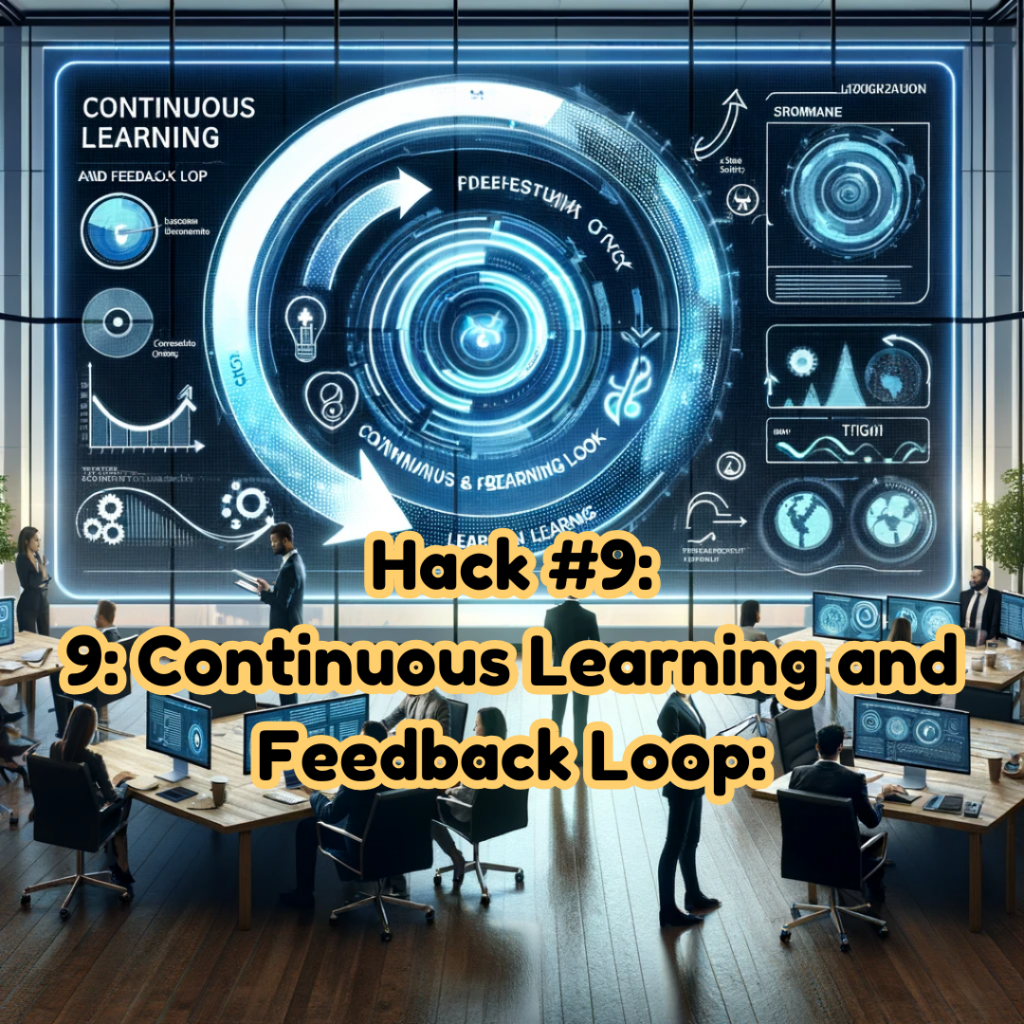
The Importance of a Feedback Loop in AI-Driven Research:
- Adaptive Learning for Better Results: A feedback loop enables the AI to adapt to the nuances of your specific research needs. Refining prompts based on previous responses, you help the AI to understand better and align with your objectives.
- Evolving Insights for Dynamic Markets: Markets are dynamic, and a feedback loop ensures that your research approach evolves with changing conditions, keeping your insights up-to-date and relevant.
Implementing a Continuous Learning Loop in ChatGPT Prompts:
- Analyze and Reflect on Responses: After receiving a response from ChatGPT, critically analyze it. Identify areas where the answer could align more with your research needs or where additional clarity might be needed.
- Refine Prompts Based on Insights Gained: Use the insights from previous responses to refine your next set of prompts. This might involve specifying certain aspects more clearly, changing the scope of the inquiry, or exploring new angles that emerged from earlier responses.
- Iterate to Enhance Precision and Depth: View each interaction with ChatGPT as a step in an ongoing process. Each response is an opportunity to learn and adjust, gradually honing the precision and depth of your market research.
Real-World Application of Continuous Learning:
Suppose you’re researching consumer preferences in the fashion industry. Your initial prompt might be, “What are the latest trends in fashion among millennials?” Based on the response, you might realize the need to focus on sustainable fashion, leading to a refined prompt: “How are sustainability concerns influencing millennial fashion trends?” As you continue to receive and analyze responses, your prompts can become increasingly targeted, such as asking about specific sustainable materials or fashion brands, thereby continually improving the relevance and utility of the insights you gain.
Conclusion: Integrating ChatGPT Prompt Hacks into Your Market Research Strategy with The Sociosight App
As we wrap up our exploration of the nine essential ChatGPT prompt hacks for market research, it’s clear that these strategies can significantly enhance the depth, precision, and relevance of your market insights. These hacks are not just theoretical concepts; they have practical applications that can transform the way you conduct market research, bringing a level of sophistication and customization that was previously unattainable.
Embracing AI-Powered Solutions in Market Research
Leveraging AI-powered tools like ChatGPT for market research is no longer an option but a necessity for businesses seeking to stay competitive and adaptive. AI technologies have opened up new avenues for analyzing market trends, consumer behaviors, and competitive landscapes.
The Sociosight App: Your Gateway to Advanced Social Media Management
Enter The Sociosight App, a revolutionary free software in social media management designed to streamline your digital marketing efforts. This platform stands out by allowing users to schedule and publish posts across various social media platforms from a single, user-friendly dashboard. Integrating these ChatGPT prompt hacks into The Sociosight App can amplify your social media strategies, ensuring that your content is timely, well-organized, and deeply aligned with your market research findings.
Upcoming Features: AI-Writing and AI-Based Analytics
The future of The Sociosight App looks even more promising with the upcoming introduction of AI-writing integration and AI-based analytics features powered by GPT-4. These advancements will bring a new level of automation and intelligence to your social media management:
- AI-Writing Integration: This feature will enable users to effortlessly generate compelling, on-brand content. Whether crafting engaging social media posts, creating targeted marketing messages, or developing interactive content, the AI-writing tool will make content creation more efficient and aligned with your audience’s interests.
- AI-Based Analytics: Powered by GPT-4, this feature will provide deep insights into the performance of your social media campaigns. It goes beyond traditional analytics, offering predictive analysis, sentiment analysis, and advanced trend spotting. This means you can not only track the success of your posts but also gain foresight into emerging trends and consumer preferences.
Harnessing the Synergy of ChatGPT and The Sociosight App
By integrating the ChatGPT prompt hacks with The Sociosight App’s upcoming features, you can expect a seamless, powerful experience in managing and analyzing your social media presence. The synergy of these tools will empower you to stay ahead of market trends, understand your audience deeply, and make data-driven decisions that propel your business forward.
In conclusion, as we step into an era where AI is reshaping the landscape of market research and social media management, tools like The Sociosight App, enhanced with the capabilities of ChatGPT and GPT-4, are not just advantageous; they are essential for any business looking to thrive in the digital age.







